Additive manufacturing (AM) has exploded in the last few years.
No longer just a tool for quick plastic prototypes, AM now works with metal and can be used to create specialized parts that cannot be produced with traditional processes.
The process is not complicated in theory: A bed of metal powder is laid out. A laser is focused on only the spots that should be included in the part. Then the bed is lowered by one unit (usually a few tens of microns). Then more spots are melted. Each layer of “melted spots” creates a 2D design with a thickness of ~10 μm. When all the layers are combined, a full object emerges, much like flip-book creates a movie from each page or frame.
This is easier said than done.
Precise measurement is key to get the desired results.
When dealing with lasers and how they interact with a material, there are three main parameters to check:
- Power
- Focus spot dimension
- Focus plane location
1 & 2 determine the power density, which determines how the laser will interact with the material.
3 is just to make sure the desired power density actually hits the powder bed, not slightly above or below it.
Kevin Kirkham, (Senior Manager, Product Development, Ophir) discusses this in more detail in his latest article:
Sensor Fusion Enables Comprehensive Analysis of Laser Processing in Additive Manufacturing


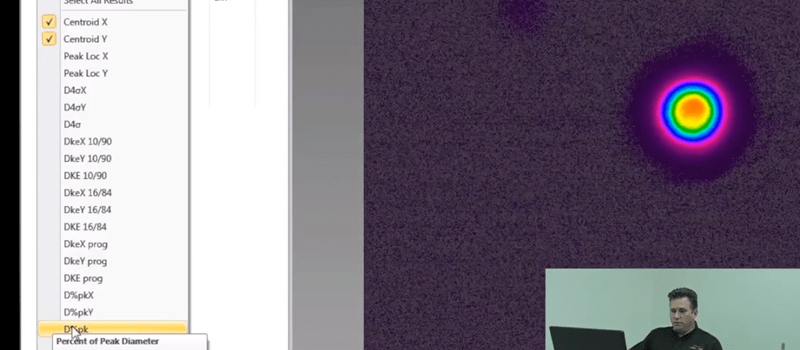
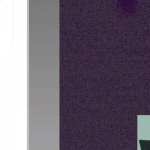
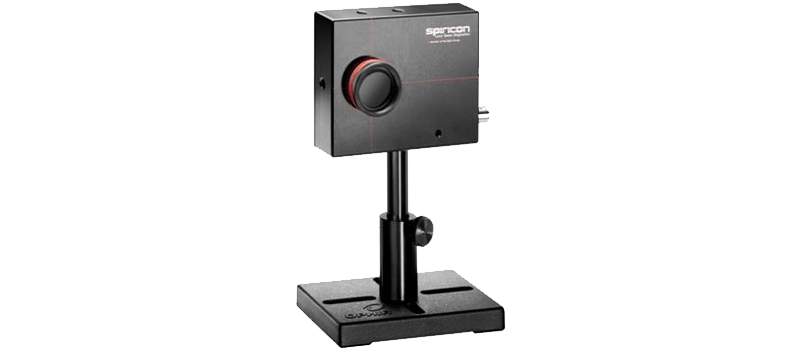
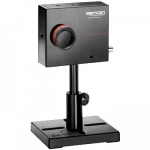
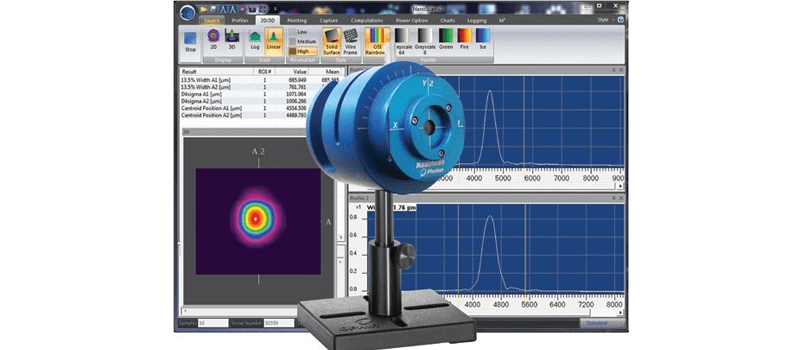
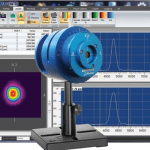
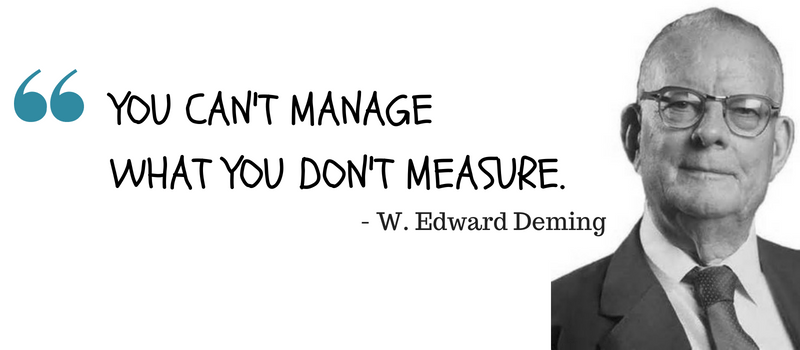



Leave a Reply
Your email address will not be published. Required fields are marked *